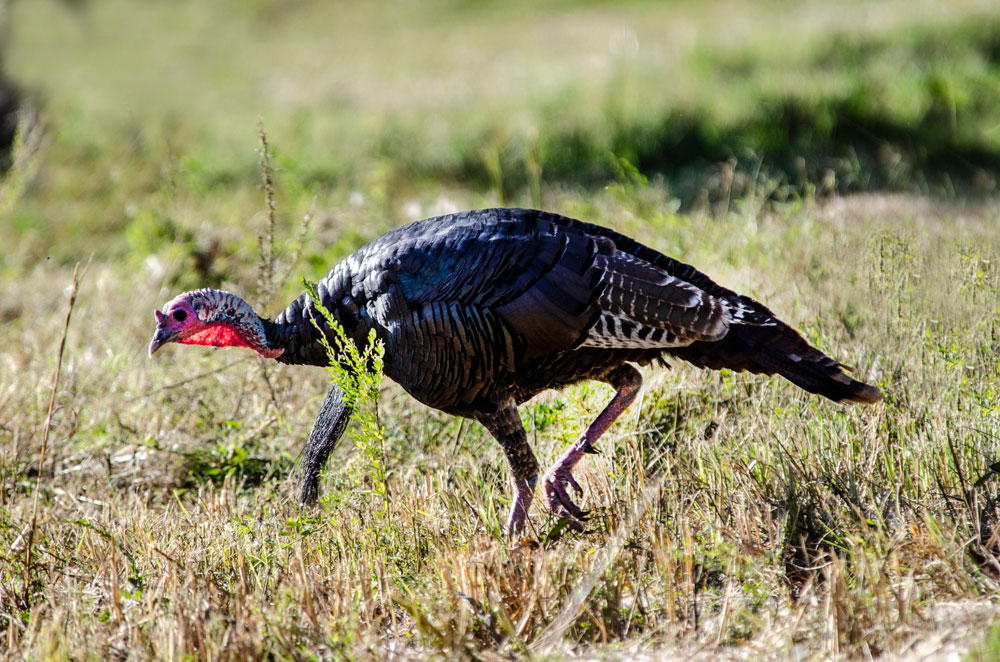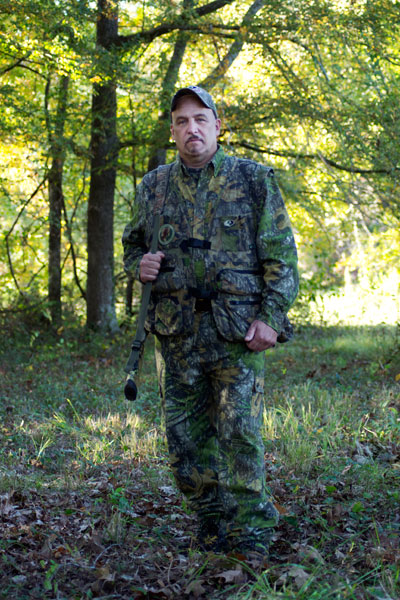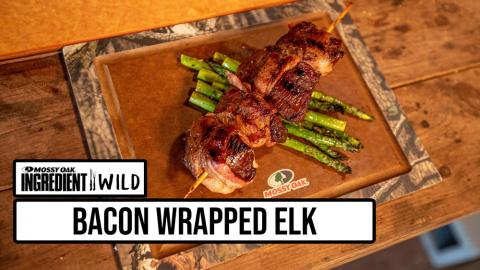provided by John E. Phillips
One of the most highly regarded turkey callers and hunters in the nation is Mossy Oak ProStaffer Paul Butski of southern New York and the small town of Scio - about 6 miles from the Pennsylvania border. This turkey hunter has won more than 250 turkey calling contests, three National Wild Turkey Federation Championships, two Levi Garrett All-American open turkey calling contests, six U.S. Open Turkey Calling contests and three Grand National contests and today works with GSM Outdoors.

Mossy Oak: Paul, if you’re sitting in a spot, and the gobbler doesn’t come in for 20-30 minutes, what do you do next?
Paul Butski: I attempt to figure out where he’s at before I move. Then I’ll reposition myself if I need to because there may be an obstacle between me and the turkey that he doesn’t want to cross. He also may be with a hen or just may have seen a predator. Once I start heading for the turkey, I won’t go straight to him, but instead will go around the gobbler as I get closer, making sure he can’t see me. Don’t get upset if you get too aggressive by moving too close to the turkey too fast, and you spook the gobbler you’re trying to take. That’s just called turkey hunting, and it happens to all of us.
 Mossy Oak: What calls will you use to break that gobbler out of a strut and get him to come on to you?
Mossy Oak: What calls will you use to break that gobbler out of a strut and get him to come on to you?
Butski: I’ll stay with soft clucks and purrs, but I may change the mouth call I’m using to sound like a different hen.
Mossy Oak: When you’ve got a gobbler coming to you, and you’re fairly certain that you’ll get the shot, what gun and shells are you using?
Butski: I like to shoot a Mossberg 3-inch or 3-1/2 inch shotgun. My favorite shot is the Winchester Xtended Range because when I pattern my gun, I found that these shells pattern best. The most effective way to take a gobbler within range is knowing what type of pattern your shotgun shells will produce in the turkey gun you’re shooting at various ranges. You’ll often get your best pattern when the gobbler is at 20-35 yards. So, I believe visually setting up a killing zone is very important when you know that a turkey is coming to you. By that I mean that you know the distance of the trees, bushes, rocks, stumps and sticks in front of and around you. Then when the turkey steps into that killing zone, you’ll know you can take the shot. I know my gun and shells well enough that I’m certain I’ll be able to take a turkey at 40 yards. But if the turkey’s still coming to me, I’ll let him come within 20-30 yards before I take the shot.
Mossy Oak: How do you know when to take the shot?
Butski: If a gobbler’s coming to me strutting and he’s calm, when he drops that strut, I’ll take the shot. If the tom’s not in a strut as he’s coming in, and he’s really alert and looking around to find the hen, I’m much more careful about moving my gun or taking the shot. When a gobbler’s very alert, you may have to make a last second swing of your shotgun barrel to him, before he leaves. If the gobbler’s in a strut and in my killing zone, I may call loudly to him to get him to stick his neck up. Then I’ll have a better chance of taking him. I rarely try to shoot a gobbler when he’s strutting because the target (his head and neck area) is much smaller when that head and neck is laying back in his feathers.






























